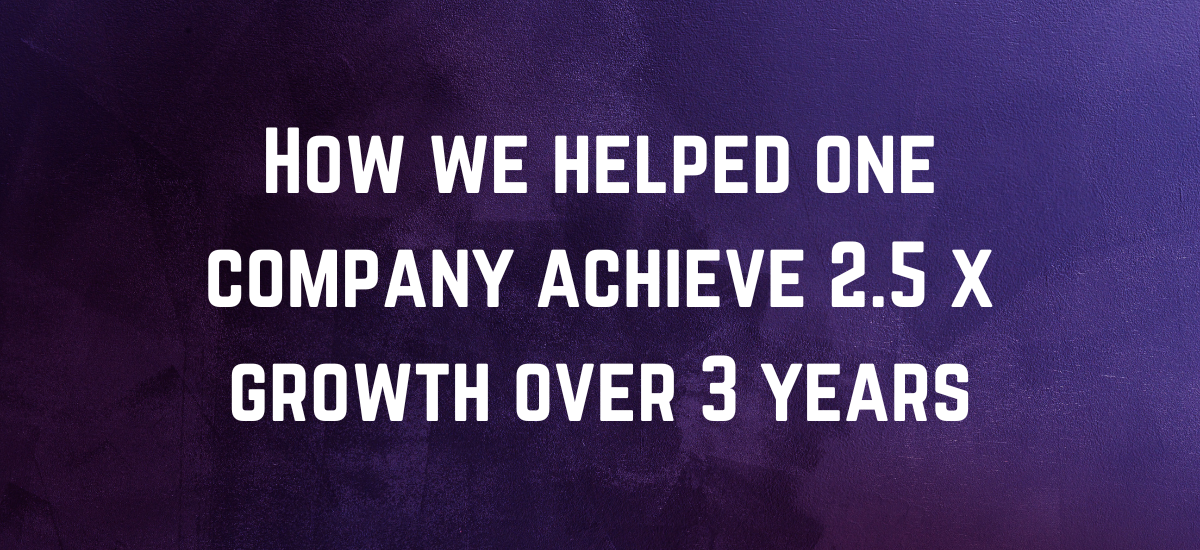by deborah
Share
by deborah
Share

It seems like the conversation surrounding the labour market changes every day — sometimes multiple times per day!
Some people lament the difficulty of finding well-paid jobs. Meanwhile, others argue that more jobs are available than job seekers.
Who’s correct? Is the market dry right now, or is it doing just fine?
The answer is kind of complicated. Here are some factors influencing it positively and negatively below.
Labour Markets Around the World
Many countries worldwide are currently experiencing strong job markets. The following are some of the top performers (based on critical factors like gross domestic product, entrepreneurship, quality of life, and employment/unemployment rates):
Canada
Canada’s GDP sits at $1.99 trillion.
Although Canada’s employment rate dipped in early 2020 (due to the COVID-19 pandemic), it has steadily recovered since then and sits at 62.4 per cent with a 5 per cent unemployment rate.
Germany
With a population of 83.1 million, Germany’s GDP is $4.22 trillion. Germany also has an impressive employment rate of 92.2 per cent (one of the highest in Europe) with a 5.6 per cent unemployment rate.
United Kingdom
The United Kingdom has a GDP of $3.19 trillion and a population of 67.3 million.
The country’s (home’s <3) employment rate dropped significantly in early 2020 and experienced another smaller decrease in early 2022. However, it’s currently trending upward and sits at 75.9 per cent. Unemployment is at just 3.9 per cent, too.
United States
The United States is one of the largest countries on this list in terms of population, with roughly 332 million residents. It also has a GDP of $23 trillion.
Since the summer of 2022, the USA’s employment rate has held steady at a little over 60 per cent, with the exception of November 2022, when it dipped to 59.9 per cent. Unemployment has hovered around 3.8-3.9 per cent for the past year.
Australia
Australia has a GDP of $1.54 trillion. The country’s employment rate has stayed above 64 per cent for the last year, with an unemployment rate of 3.7 per cent.
Japan
Japan has the second-largest population on this list, with 126 million people. Its GDP is $4.94 trillion, and its employment rate has fluctuated between 60 and 61 per cent for the last year. The country’s unemployment rate is just 2.6 per cent.
Switzerland
Switzerland has a GDP of $813 billion and a population of 8.7 million. The employment rate dropped to 78.5 per cent in July of last year, but it’s currently at 79.9 per cent. Meanwhile, the unemployment rate is a mere 1.4 per cent.
Sweden
Sweden has a GDP of $627 billion.
The employment rate is 69.2 per cent, an improvement from the beginning of the year when it was at 68.1 per cent. However, the unemployment rate is slightly higher than some other countries on this list at 7.5 per cent.
Netherlands
The Netherlands has a GDP of $1.02 trillion and a population of 17.5 million people.
The country’s employment rate has steadily risen, reaching 82.2 per cent at the beginning of this year. It has an impressively low unemployment rate of just 0.6 per cent.
France
France has a population of 67.5 million and a GDP of $2.94 trillion. Its employment rate has steadily risen since the summer of 2020 and currently sits at 68.6 per cent. France also has an unemployment rate of 7.1 per cent.
Factors Affecting the Labour Market
As with any complex topic, several factors contribute to the labour market’s strength and overall performance. Here are some of the most critical elements that are benefiting and hindering the global market:
Difficulty Returning to Work
During the height of the COVID-19 pandemic, many people lost or chose to leave their jobs.
Although many countries (including those listed above) have seen improvements in their employment rates in the last couple of years, some people are still struggling to return to the workforce after taking time off.
There are several potential reasons for this difficulty, including people struggling to find a job in their specific field after their break and difficulties coordinating consistent childcare.
Changes in Job Preferences
In the last few years, many people’s idea of what they want to do for work has changed.
Not only is there an increased demand for remote positions and freelance positions, but job seekers have also started reassessing their priorities in their search. For example, factors like company culture, employee benefits, and work-life balance have taken precedence.
Slow Wage Growth
In many countries, wage growth has not kept up with the growing job market and cost of living increases.
Job seekers are concerned about their ability to make ends meet if they accept a lower-paying job (especially with rising inflation rates in many parts of the world).
Technological Advancements
Technological advancements — including the growing popularity of artificial intelligence, machine learning, virtual reality, and augmented reality — have also influenced the labour market and the availability of certain jobs (as well as the decreased availability of others).
Globalisation
Many organisations are taking (or considering taking) a more global approach to hiring these days. They’re expanding their talent pool to accept employees from all over the world, allowing them to work remotely and connect virtually.
Globalisation allows employers access to talented people without concerns about borders, but it also creates additional competition for job seekers.
The Strongest Industries
Some industries have seen rapid growth in the last few years, helping to strengthen the market. At the same time, though, other sectors have experienced significant challenges that weaken the labour market.
The following are some of the most robust industries across the globe:
- Banking: Total revenue is $1.114 billion
- Oil & Gas: Total revenue is $2.138 billion
- Power: Total revenue is $1.936 trillion
- Auto & Truck: Total revenue is $2.897 trillion
- Pharmaceuticals: Total revenue is $2.414 trillion
- Computers: Total revenue is $1.479 trillion
- Food Processing: Total revenue is $1.480 trillion
- Financial Services: Total revenue is $805 billion
- Semiconductor: Total revenue is $664 billion
- Real Estate Investment Trust (REIT): Total revenue is $281 billion
These industries are helping to prop up the global labour market by creating a variety of job opportunities and generating significant amounts of revenue for the world’s economy.
That’s not to say that professionals in other industries can’t find well-paid jobs, of course. These are just some of the strongest industries that job seekers might want to look into if they’re looking for security and growth potential.
Is the Market Dry Right Now?
Overall, based on the data I’ve collected above, I’d say the market is not dry right now. That’s especially not the case for those living in countries like Canada, the United States, and the UK.
However, some people are having more positive experiences with the labour market than others. Depending on factors like your specific location and the industry in which you’re trying to find a job, you may have a more challenging time finding work compared to other job seekers or generating revenue compared to other companies.
Hope this helps!





